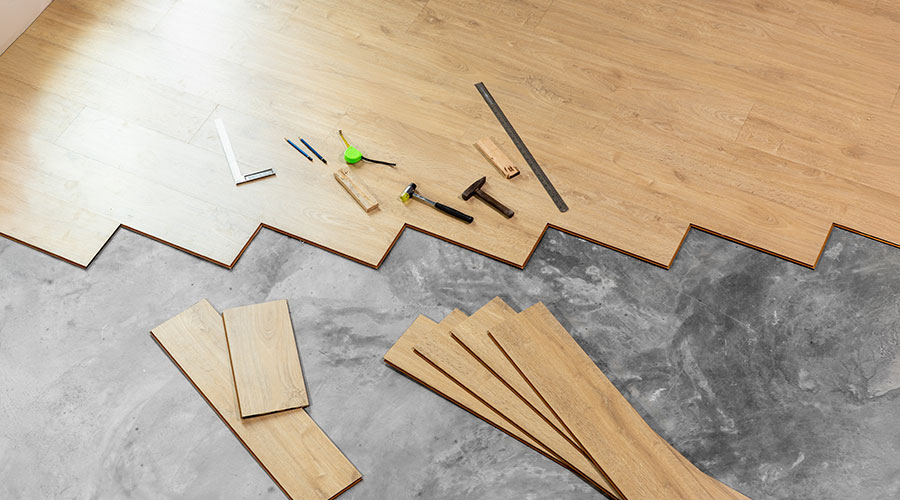Understanding Flooring Options in Private and Executive Space, Break and Lunch Rooms
Part 2 of a 3-part article describing office building anatomy and the challenge of selecting and maintaining its flooring
Our tour of the different spaces and flooring needs in office buildings continues with a closer look at private and executive space and break and lunch rooms.
Private and executive spaces have flooring materials that are commensurate with the executive management of a company. This may be an entire floor that has a more expensive material installed with a border as a feature strip. As one example, a higher-quality broadloom carpet is often used in the corridors, executive assistant workstations, and the common spaces. The entry areas or lobby of this space commonly receive marble or granite flooring. The executive offices themselves are much more personalized, possibly with wood flooring and expensive or ornate area rugs. These areas get much less traffic and have to make an aesthetic statement by exuding the success of the company and individuals who are running it.
There’s no denying that the success of a company must be visually expressed in the executive areas. No clients want to feel as if they’re dealing with less than the best, whether the firm is a financial institution, law office, consulting firm, or a major corporation. The break areas and conference rooms on the executive floor must be equally impressive, with stone flooring and rugs or high-end broadloom in conference and meeting rooms and ceramic or stone in break rooms. If there is an executive dining room, it could have a high-end woven carpet or marble or granite flooring with rugs or even a high-end wood floor.
Break and Lunch Rooms
Other dining areas should only have hard surface flooring. This could consist of anything from vinyl composition tile (VCT) to luxury vinyl tile or some kind of stone or ceramic. Polished concrete may work as well in these areas. The key here is longevity, durability, ease of maintenance, and safety. Break areas typically have some type of vinyl tile product, and today a luxury vinyl tile or plank offers a much more designer-oriented look while delivering the performance of a vinyl floor.
For food prep areas, quarry tiles are still a superior flooring material as the floors in these areas are inundated with water, dropped or spilled food, and beverages. Quarry tile is designed to perform in these areas effectively.
Maintenance of Flooring Is Critical
Certainly of paramount consideration is the cleaning and maintenance of the flooring selected. Flooring is a major investment, and protecting that investment is important. Making the flooring look good and last long should be the goal of any maintenance and cleaning program — and there should be a program.
Most buildings today are being maintained by outside services, and those doing the work must be capable of cleaning and maintaining the flooring without compromising its integrity. This must not be taken for granted. There is a lot of expensive flooring ruined by incompetent cleaning firms or the folks who clean the marble in the elevator lobbies tracking chemicals onto the carpets in the office corridors on their way to the slop sinks.
And there should never be a product on a cart that says "Oxy-" anything. This is bleach, pure and simple, and continuous contact with it, even if tracked from the bathrooms when cleaned, will damage carpet, stone, and other colored materials.
— Lewis Migliore
|
Related Topics:













